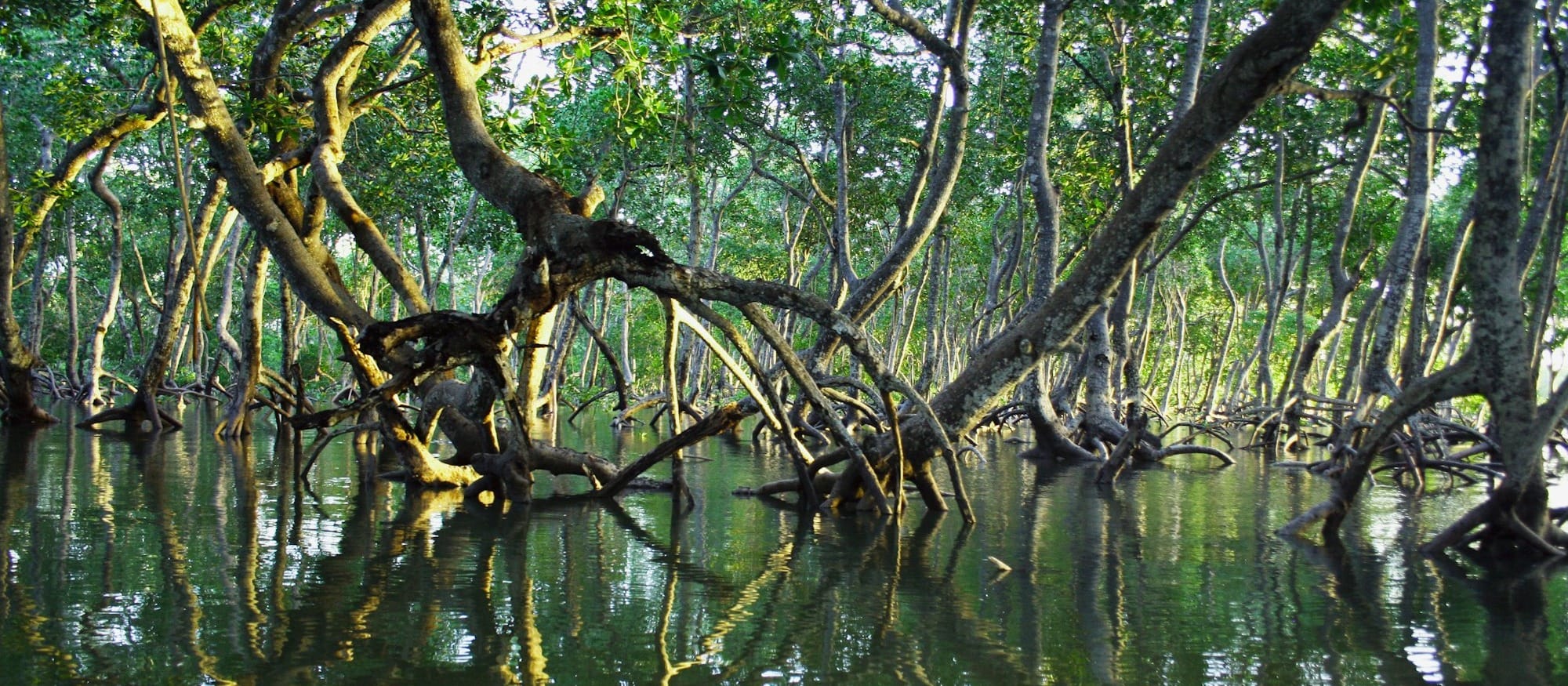
Pros and Cons of Carbon Dioxide Removal
Carbon dioxide removal is fraught, and different technological and nature-based approaches to CDR have different advantages and weaknesses we overview here.
Carbon dioxide removal is fraught, and different technological and nature-based approaches to CDR have different advantages and weaknesses we overview here.
Outline
In the quest to combat climate change, Carbon Dioxide Removal (CDR) has emerged as a pivotal strategy, offering some hope in our efforts to reduce atmospheric CO2 levels. However, as with any significant intervention, removing carbon dioxide from air presents complex benefits and challenges.
On one hand, carbon removal technologies hold the promise of mitigating climate impacts, while on the other, it is fraught with concerns about cost, scale, energy consumption, and perpetuating our dependence on fossil fuels. This landscape requires a careful and informed evaluation of the pros and cons of CDR, enabling businesses, policymakers, scientists, and the global community to navigate the intricacies of this climate solution. You can read more about the complexities of CDR here.
Pros of CDR
- Less Heat-Trapping Gas: CDR can significantly reduce atmospheric CO2 levels, helping avert the worst impacts of climate change.
- Complementary Strategy: It can complement efforts to curb fossil fuel use, providing a holistic approach to tackling climate change.
- Technological Innovation: As it scales, innovation in CDR can potentially lead to breakthroughs in climate solutions.
- Ecosystem Benefits: Nature-based CDR methods can enhance biodiversity, improve soil health, and strengthen ecosystem resilience.
- Economic Opportunities: Developing CDR technologies can create new industries and job opportunities, contributing to economic growth.
- Policy Alignment: CDR aligns with global climate goals and policies to limit warming to "well below" 2 degrees C.
- Scalability: Certain CDR methods have the potential to be scaled up to significantly impact global CO2 levels.
Cons of CDR
- High Costs: Many CDR technologies are currently expensive to implement and scale, requiring substantial investment.
- Energy Intensive: Some CDR methods, especially carbon removal technology, can be energy-intensive; to be worthwhile, they need to run on renewable energy.
- Risk of Complacency: Relying heavily on CDR might lead to complacency in reducing emissions directly at the source by cutting fossil fuel use.
- Land Use: Nature-based CDR methods, like simply planting more trees, are hard to get right in terms of biodiversity, and may not yield the best results to durably store meaningful amounts of CO2.
- Permanence Concerns: Ensuring the long-term storage of captured carbon poses challenges, with risks of leakage or release back into the atmosphere.
- Environmental Impact: Some CDR techniques may have unintended negative environmental impacts, such as altering local ecosystems or water resources.
- Equity and Justice Issues: The deployment of CDR can raise ethical and equity concerns, particularly around land use and the distribution of environmental benefits and burdens.
- Technological Uncertainty: Many CDR technologies are still in developmental stages, with uncertainties regarding their feasibility, efficiency, and long-term impacts.
Understanding these pros and cons of how to remove carbon dioxide is crucial for developing effective, equitable, and sustainable carbon dioxide removal strategies as part of a broader approach to addressing climate change. Terra.do’s Climate Change: Learning for Action delivers a comprehensive insight into the dynamics at play across various climate solutions, including CDR, underscoring the critical necessity for an integrated approach to climate action.
More like this
So You're Ready to Step Up on Climate Action. Now What?
Folks ready to learn and do more about climate change have an array of options to get started. What are their respective pros and cons, and how does Terra.do stack up?
Our Next Cohort's Nickname Is the Manatees. Here's Why That's Special.
We've named each graduating class after animals at risk in our warming world, and we've just finished our first full lap through the alphabet.
Couldn’t We All Use More Storage?
Where are we going to put all that clean power from variable renewables like solar and wind? The world of batteries is already ramping up.

 Background
Background



